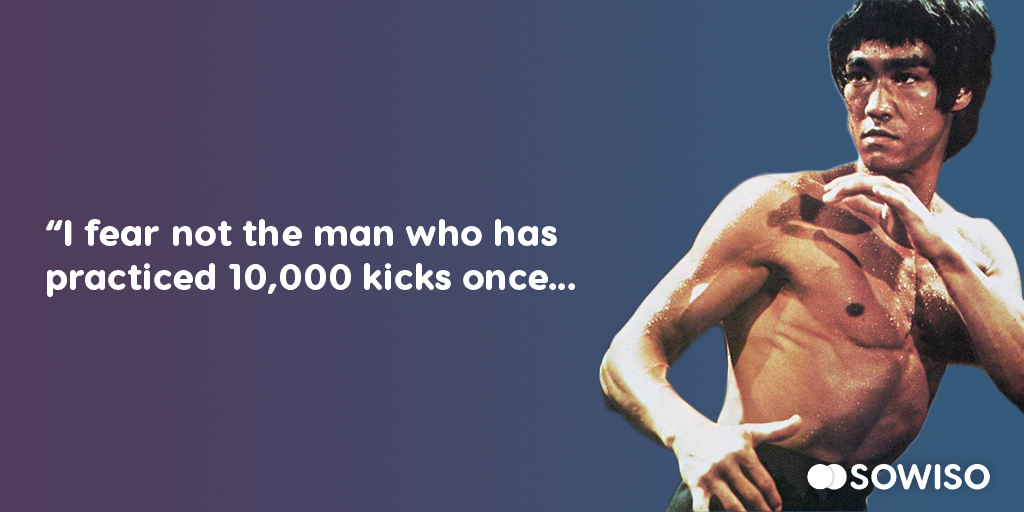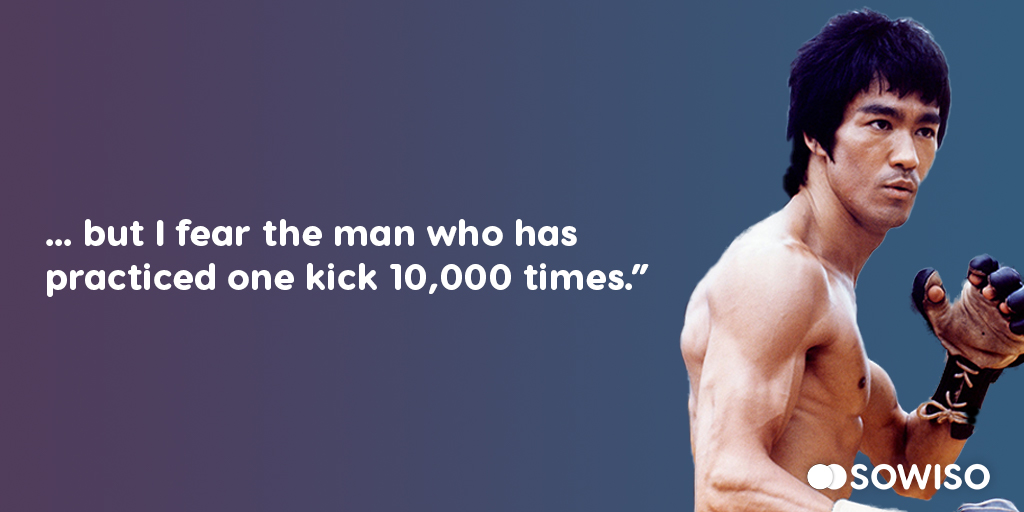Switching from traditional mathematics paper textbooks to digital learning environments unlocks endless practice and enables mastery learning for your students.

Exercises found in traditional paper textbooks are what we refer to as static exercises, meaning they have no ability to change. The values used in these exercises are fixed, and once the page has been printed, the exercise becomes set in stone. Although static exercises have served us very well for many years, given the recent technological advances, it’s no longer the best way to teach your students mathematics.
Failure is an essential part of learning mathematics, and the more you are able to learn from your mistakes, the quicker your progress will be. A common method of learning from your mistakes is to compare your notes to the correct calculation in order to pinpoint where the error in your thinking occurred. Ideally, this leads to some new insight that will prevent you from making similar mistakes in the future
The problem with static exercises is that they provide no real opportunity to put this newfound knowledge to the test. If nothing about an exercise changes, then the added value of immediately repeating it is rather limited. After all, once you’ve seen the solution to a problem, you cannot simply forget it. Consequently, any immediate retry of exactly the same exercise becomes as much a test a memory as a test of skill. There is always the option of coming back to the exercise at a later time, but this also increases the risk that the newly acquired insight is forgotten
Being able to retry an exercise becomes increasingly valuable as the difficulty level of the subject matter increases. Complex problems require students to combine multiple skills, and the solutions to such problems generally consist of multiple smaller sub-steps, each of which represents a possible source of error. As such, it is not uncommon for students to need more than one attempt in order to successfully solve a complex problem.
of course, textbooks may offer more than one exercise per mathematical concept but there is still a limited amount of exercises within a 400 page textbook. And even among the exercises, maybe 1 or 2 of a certain type of problem has detailed steps regarding how to correctly solve the problem; the majority of exercise solutions consist solely of the final mathematical expression. Which means, more often than not, the students (upon failing to get the correct answer the first time) have to reverse engineer the correct steps from the answer at the back of the textbook.
In other words, the paper-textbook limitations of finite exercise questions and surface-level feedback prevents students from truly understanding and mastering complex mathematical theory and skills.
The best two existing non-digital ways of combating these limitations are very time consuming. It involves either the teachers or students (students taking this extra step is highly unlikely) painstakingly recreating the base question with self-generated variables. Apart from making sure the new variables fit within the constraints of the base question, you would also need to have someone work out the correct solution before providing it to students for practice.

Or in this case the student who practices each exercise 10,000 times.
The introduction of computers into the modern-day classroom has enabled the authors of course materials to design a much more powerful type of exercise: dynamic exercises.
Unlike static exercises, which cannot change, dynamic exercises are always changing. Whereas ink on paper is permanent, bits and bytes are flexible. Instead of using fixed values, a dynamic exercise uses an algorithm to generate a random set of values each time the exercise is loaded. Essentially, what this does is create a large number of slightly different versions of the same exercise.
On top of that, dynamic exercises provide an immediate opportunity to put new insights to the test. With just the click of a button, the exercise can be reloaded, which not only changes the parameters of the problem, but also the specifics of the solution. This means that every time a student fails to solve a particular problem, they can instantly be given a similar exercise to determine whether or not they have successfully corrected the error in their thinking.
In other words, Teachers can choose or create a template for any mathematical question and then with the simple click of a button, your students can have infinite variation on the base question. Pair that with hints and feedback for every input of a wrong answer, and you have the most powerful mathematics practice tool. This method of learning can be incredibly helpful, especially when the number of face-to-face teaching hours is limited and the number of students is high.
The feedback system encourages students to work towards the correct answer without actually just giving the answer to them and making them reverse engineer the steps.
By having tailored feedback based on the student’s input, the student has an idea of how close they are to their eureka moment which consequently prevents them from giving up after the first attempt. Through following the proverbial bread crumbs of the hints and feedback, the students will actually learn how to apply their problem solving skills to find the right answer as opposed to just tracing the steps back from the correct solution. By doing this, you allow them to be active participants in their own learning.

The use of dynamic exercises changes the question from “How did you get that answer?” to “How do we solve this problem?”.
If you want to know more about dynamic content or if you are interested about using dynamic content in your classroom, please contact us at info@sowiso.com.